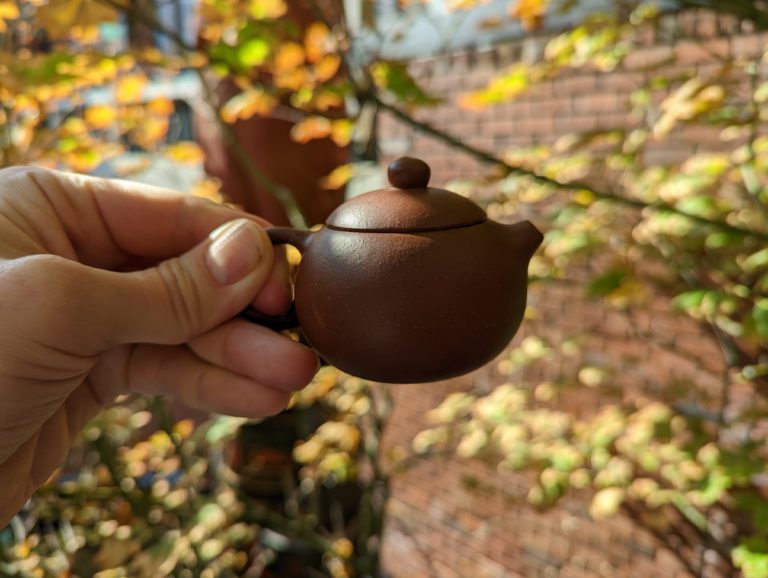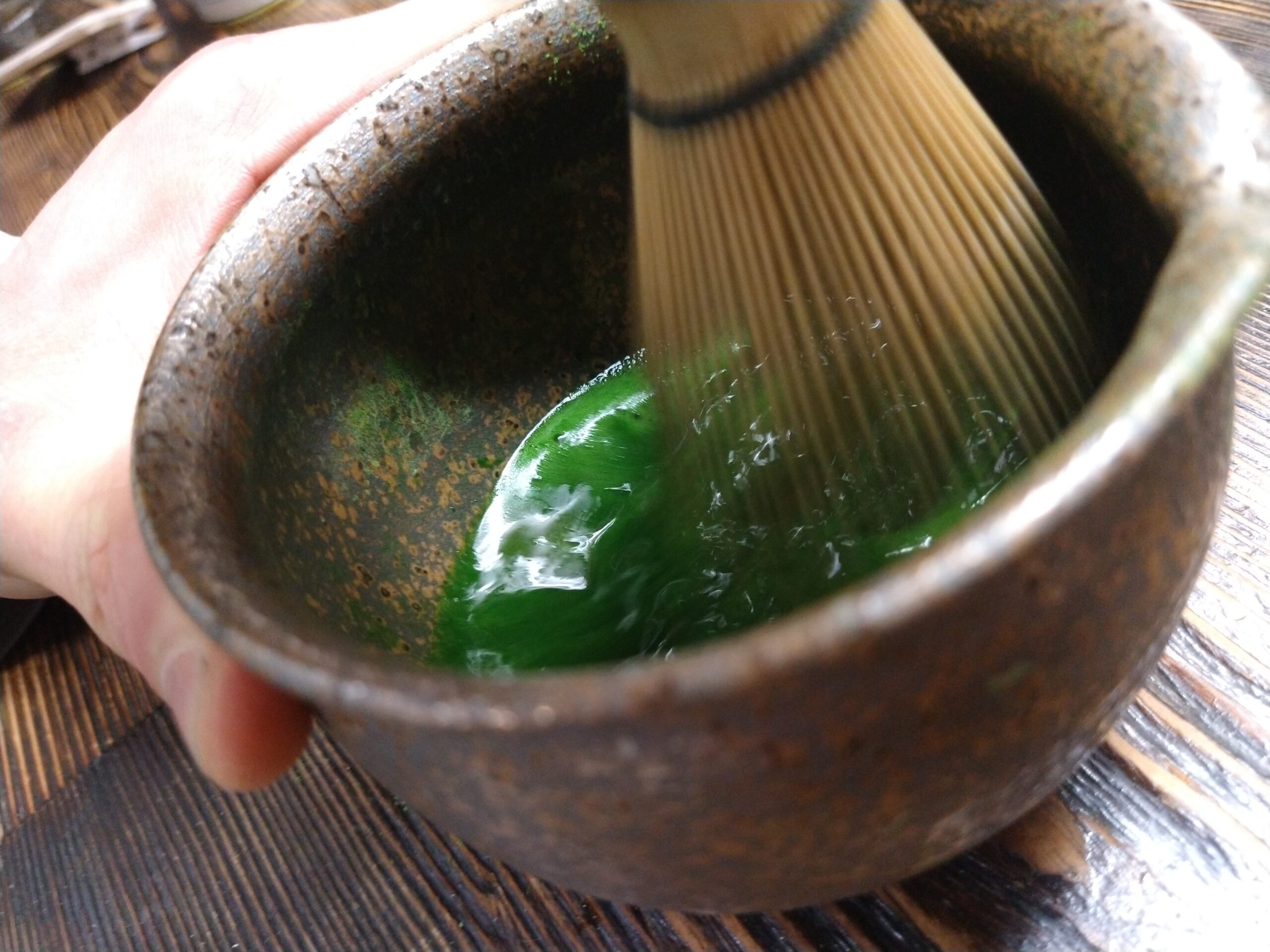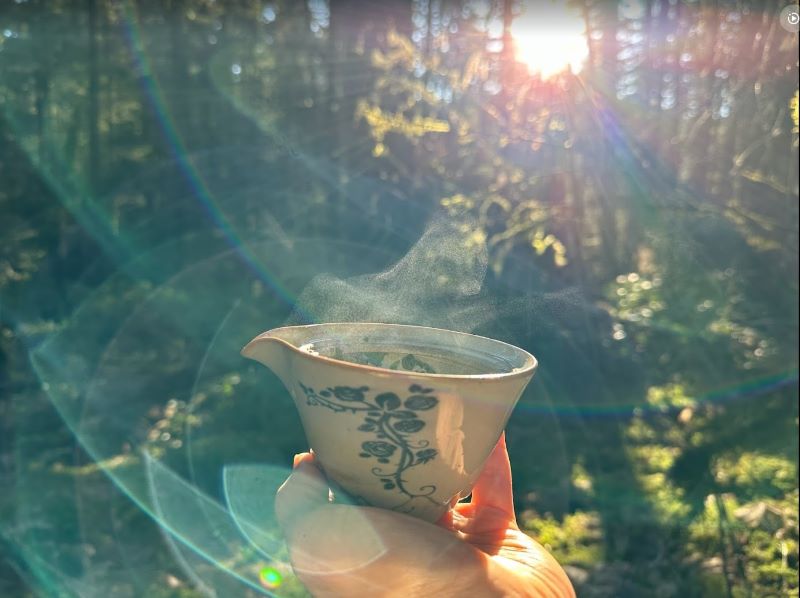
We have had a great opportunity to learn from some incredible tea professionals these past few years through our involvement in the Victoria Tea Festival Revival, especially the symposiums where guests have shown us how they brew tea at origin and at their respective spaces. One connecting piece amongst the Chinese tea enthusiasts has been gaiwan and gongfu cha. (The gaiwan are essentially tiny 75ml cups with lids to hold back the leaves when you cut the extraction into a decanter.) Another connecting piece is that most of the guests do not weigh their tea.
We have been weighing our tea since we started making loose teas back in 2007. We found that differences of 0.5g could make for more than 10% variations in our extraction and encouraged our customers to carefully weigh each dose. For most of that time we have also been weighing our water. Eye balling water levels is a great way to make mistakes, especially as the amount of water increases.
The gaiwan and gongfu cha method of extraction has definitely had us explore this process a bit more carefully. In gongfu cha, from a strictly extraction focused perspective, the tea maker puts a large dose of tea in the gaiwan and pours boiling water on the leaves for short, flash infusions, to pull out layer upon layer of flavours and extractions. It is very unusual for the person preparing the tea to weigh the leaves, as the process is quite intuitive.

“One connecting piece amongst the Chinese tea enthusiasts has been gaiwan and gongfu cha.”
We have had a great opportunity to learn from some incredible tea professionals these past few years through our involvement in the Victoria Tea Festival Revival, especially the symposiums where guests have shown us how they brew tea at origin and at their respective spaces. One connecting piece amongst the Chinese tea enthusiasts has been gaiwan and gongfu cha. (The gaiwan are essentially tiny 75ml cups with lids to hold back the leaves when you cut the extraction into a decanter.) Another connecting piece is that most of the guests do not weigh their tea.
We have been weighing our tea since we started making loose teas back in 2007. We found that differences of 0.5g could make for more than 10% variations in our extraction and encouraged our customers to carefully weigh each dose. For most of that time we have also been weighing our water. Eye balling water levels is a great way to make mistakes, especially as the amount of water increases.
The gaiwan and gongfu cha method of extraction has definitely had us explore this process a bit more carefully. In gongfu cha, from a strictly extraction focused perspective, the tea maker puts a large dose of tea in the gaiwan and pours boiling water on the leaves for short, flash infusions, to pull out layer upon layer of flavours and extractions. It is very unusual for the person preparing the tea to weigh the leaves, as the process is quite intuitive.
JagaSilk is definitely influenced by our connection to Japan, and most of the producers we work with weigh the leaves. As much as we enjoyed experimenting with a more intuitive practice for dosing (inspired by these interactions with Chinese tea specialists) we have found that our gongfu cha preparations are much more consistent when we weigh the dose of tea. We have side stepped weighing water by taking a measurement of the water in the brewing vessel filled to the ideal line, and approximate the fill from there on in. We generally dose 1g for every 20g of water, but will adjust if the tea requires it. By having a timer counting up in the background, we are also able to keep track of infusion times, generally cutting the steep after 20-30s for the first few infusions, then adding 15-20s per steep from there.
Small brewing vessels of 60-90ml are proving themselves time and time again to be ideal. We decant on a tea sink and then pour into 30ml cups for drinking to get a fantastic experience with the teas. (Don’t forget to smell the gaiwan lid and the empty cup after drinking; the aromatics are intoxicating!)
We are also encouraging wholesale customers to set up a tea sink at their exit bar where they can combine multiple flash infusion into one cup for service on $6 wulongs and $10 pu-er, etc. This kind of service, even when combining the steeps together, makes for a memorable tea experience for customers, and sets you apart.
We have tea sinks and gaiwan and decanters and small cups to set you up with if you are interested! 🙂
Share this article
Search the blog
JagaSilk Links
Article Categories
Subscribe to our Newsletter
Love maccha? Sign up and get 10% off your first order. You'll also receive new articles and video content!



